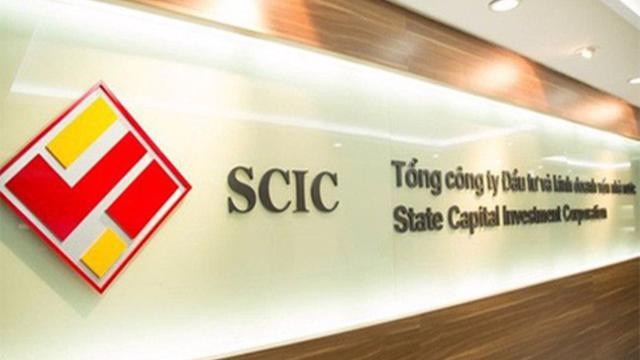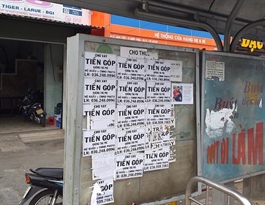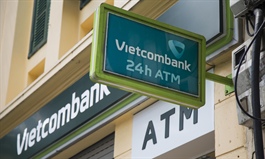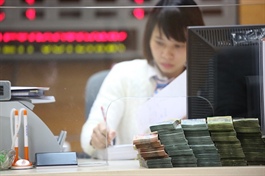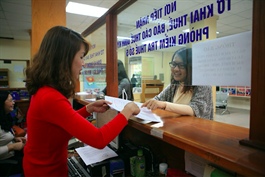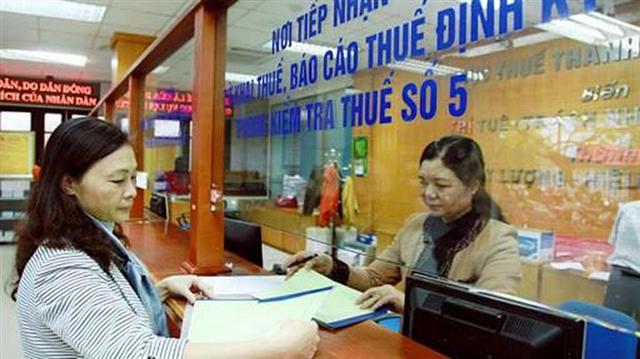Remittances down but still going strong
Remittances down but still going strong
While the Covid-19 pandemic has had a strong impact on the domestic economy, remittances to Ho Chi Minh City and other parts of the country are increasing, reflecting the confidence of overseas Vietnamese in domestic investment.
|
Increased remittances
Nguyen Hoang Minh, deputy director of the State Bank of Vietnam branch in Ho Chi Minh City, said remittances to Ho Chi Minh City reached US$500 million in October, bringing the total in the first 10 months of the year to US$4.7 billion.
This figure was quite unexpected given that the spread of the Covid-19 pandemic has stalled business activities and caused job loss for overseas workers.
In recent years, remittances have been growing at 8-10 percent a year, mainly from the US, Europe, Australia, and Chinese Taipei. The US accounts for a large proportion of all the remittances sent to Vietnam thanks to large number of Vietnamese nationals resident in the US. Ho Chi Minh City remains the top remittance receiver in Vietnam, accounting for 30-40 percent of the total.
Remittances to the city for the whole year are forecast to reach US$5.5 billion, an increase of eight percent compared to 2019.
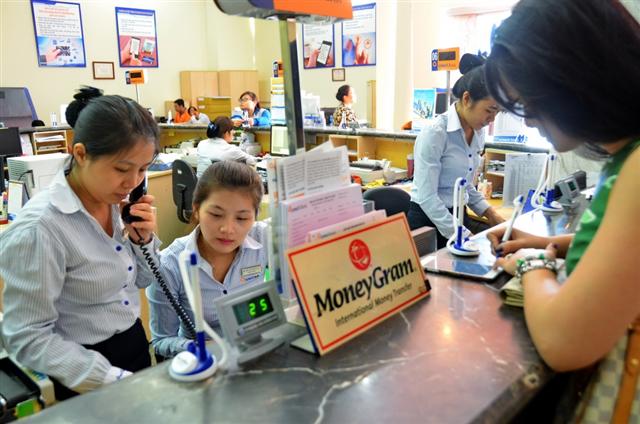
A strong increase in remittances has helped stabilize foreign exchange rates
|
Confidence in domestic investment
Remittances are of great significance for Vietnam’s economic development in general and Ho Chi Minh City in particular because they are used largely to invest in production, business and the real estate market.
A World Bank report on migration and remittances forecast that remittances to Vietnam this year would fall by seven percent compared to 2019 to US$15.7 billion, making 2020 the first time remittances to Vietnam have dropped since 2010. However, despite the decline, Vietnam will remain the ninth biggest remittance beneficiary in the world.
The expected decline is attributed to the impact of the Covid-19 pandemic, weakening economic growth and causing job loss in high-income countries such as the US and Europe. In addition, the plunge of oil prices has also affected the Gulf Cooperation Council (GCC) countries and Russia - the main sources of remittances for East Asia and Southeast Asia.
Domestic money transfer companies remain optimistic that remittances will increase strongly in the last months of the year when Vietnamese nationals transfer money to their families and relatives in the homeland to invest in production, business and the real estate market.
According to the Vietnam Association of Real Estate Brokers, more than 20 percent of remittances are poured into real estate, after production and business. Safety and security and after-sale services are extra factors overseas Vietnamese and foreign customers take into account when purchasing a house, in addition to location, price, convenience, architecture and design.
According to Savills Vietnam Managing Director Neil MacGregor, the steady growth of overseas remittances in recent years has proved that Vietnamese nationals have confidence in domestic investment channels. In addition to direct transactions, most Vietnamese nationals have asked their relatives to buy real estate in big cities. Moreover, a strong increase in remittances has helped encourage the surge in foreign currency supplies and stabilize foreign exchange rates.






